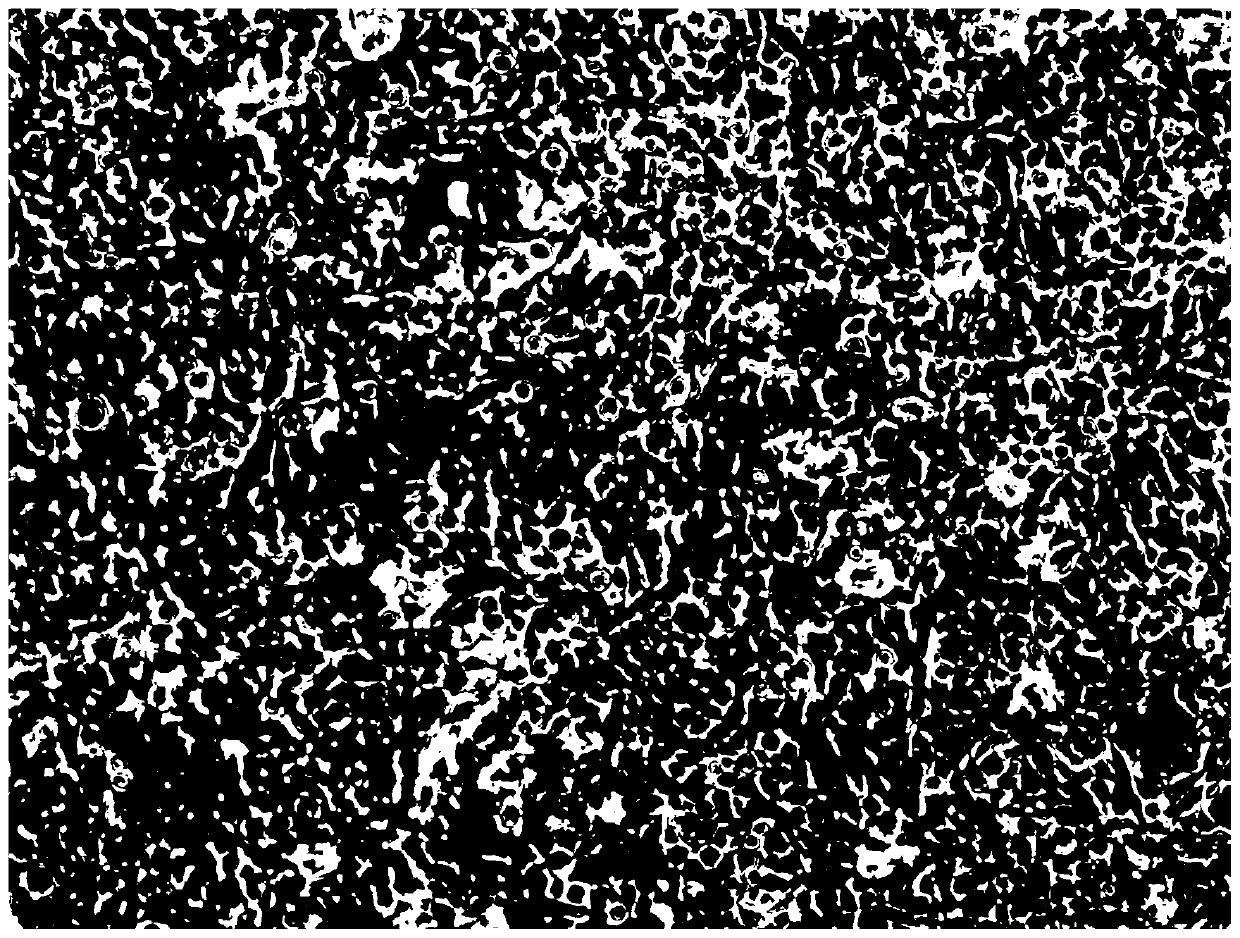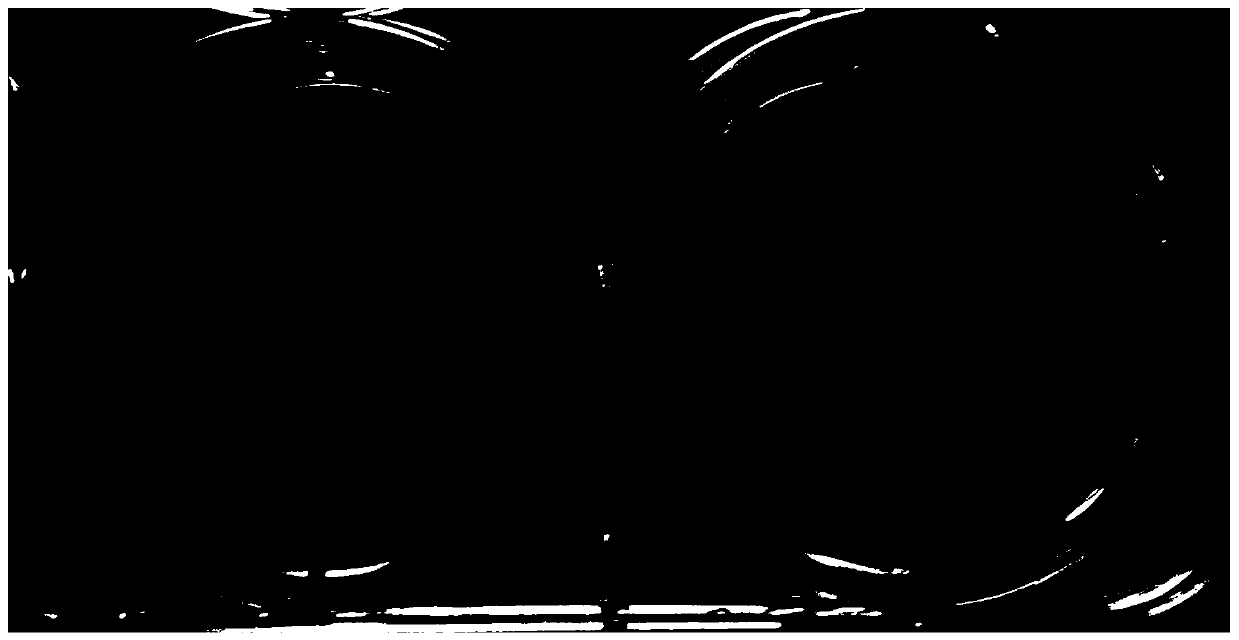Method for in-situ observation of cell connection between monolayer cells by using transmission electron microscope
A technique of single-layer cells and transmission electron microscopy, which is applied to material analysis, measuring devices, and instruments using wave/particle radiation. It can solve problems such as complicated steps, long time-consuming, and expensive consumables, and achieve stable methods and reduced damage. Effect
- Summary
- Abstract
- Description
- Claims
- Application Information
AI Technical Summary
Problems solved by technology
Method used
Image
Examples
Embodiment 1
[0045] Material preparation: cells and their growth carriers: human pancreatic ductal epithelial cell line (HPDE6C7), Epon-812 epoxy resin sheet of 15mm×20mm×0.5mm.
[0046]Cell preparation: (1) HPDE6C7 cells are growing well, covering about 90% of the T25 culture flask; (2) Put the Epon-812 epoxy resin slices irradiated by the ultraviolet lamp on both sides into the culture plate; (3) 0.25% pancreatic Digest the cells with enzymes, centrifuge, resuspend, and count the cells. Add the cells evenly to a six-well plate with resin slices at a cell density of 1×10^6 / ml / well, and place them in a 37°C, 5% CO 2的 Incubator cultivation.
[0047] Specimen fixation, dehydration, and soaking: (1) After the cells cover more than 90% of the resin sheet, add 3% glutaraldehyde fixative solution and place it at 4°C for 12-16h; figure 1 It shows that HPDE6C7 cells are well cultivated in Epon-812 epoxy resin sheet; (2) 0.1mol / L phosphate buffered saline (PBS) washes 3 times, each time 8min; (3) ...
Embodiment 2
[0052] (1) Cell preparation: HPDE6C7 cells are growing well, covering about 90% of the T25 culture flask; (2) Put the Epon-812 epoxy resin slices irradiated by the ultraviolet lamp on both sides into the culture plate; (3) 0.25% pancreatic Digest the cells with enzymes, centrifuge, resuspend, and count the cells. Add the cells evenly to a six-well plate with resin slices at a cell density of 1×10^6 / ml / well, and place them in a 37°C, 5% CO 2的 incubator cultivation;
[0053] (2) Specimen fixation, dehydration, soaking:
[0054] a. Specimen fixation: add the cells cultivated in step (1) to glutaraldehyde fixative solution, place at 4°C for 12 hours, wash with 0.1mol / L phosphate buffer solution for 3 times, each time for 8 minutes; then use 1% osmium After acid fixation for 1 hour, wash with 0.1mol / L phosphate buffer 3 times, each time for 8 minutes;
[0055] b. Ethanol step-by-step dehydration: 50% ethanol, 70% ethanol, 90% ethanol dehydration once respectively, 100% ethanol de...
PUM
| Property | Measurement | Unit |
|---|---|---|
| Thickness | aaaaa | aaaaa |
| Thickness | aaaaa | aaaaa |
Abstract
Description
Claims
Application Information
 Login to View More
Login to View More - R&D
- Intellectual Property
- Life Sciences
- Materials
- Tech Scout
- Unparalleled Data Quality
- Higher Quality Content
- 60% Fewer Hallucinations
Browse by: Latest US Patents, China's latest patents, Technical Efficacy Thesaurus, Application Domain, Technology Topic, Popular Technical Reports.
© 2025 PatSnap. All rights reserved.Legal|Privacy policy|Modern Slavery Act Transparency Statement|Sitemap|About US| Contact US: help@patsnap.com



